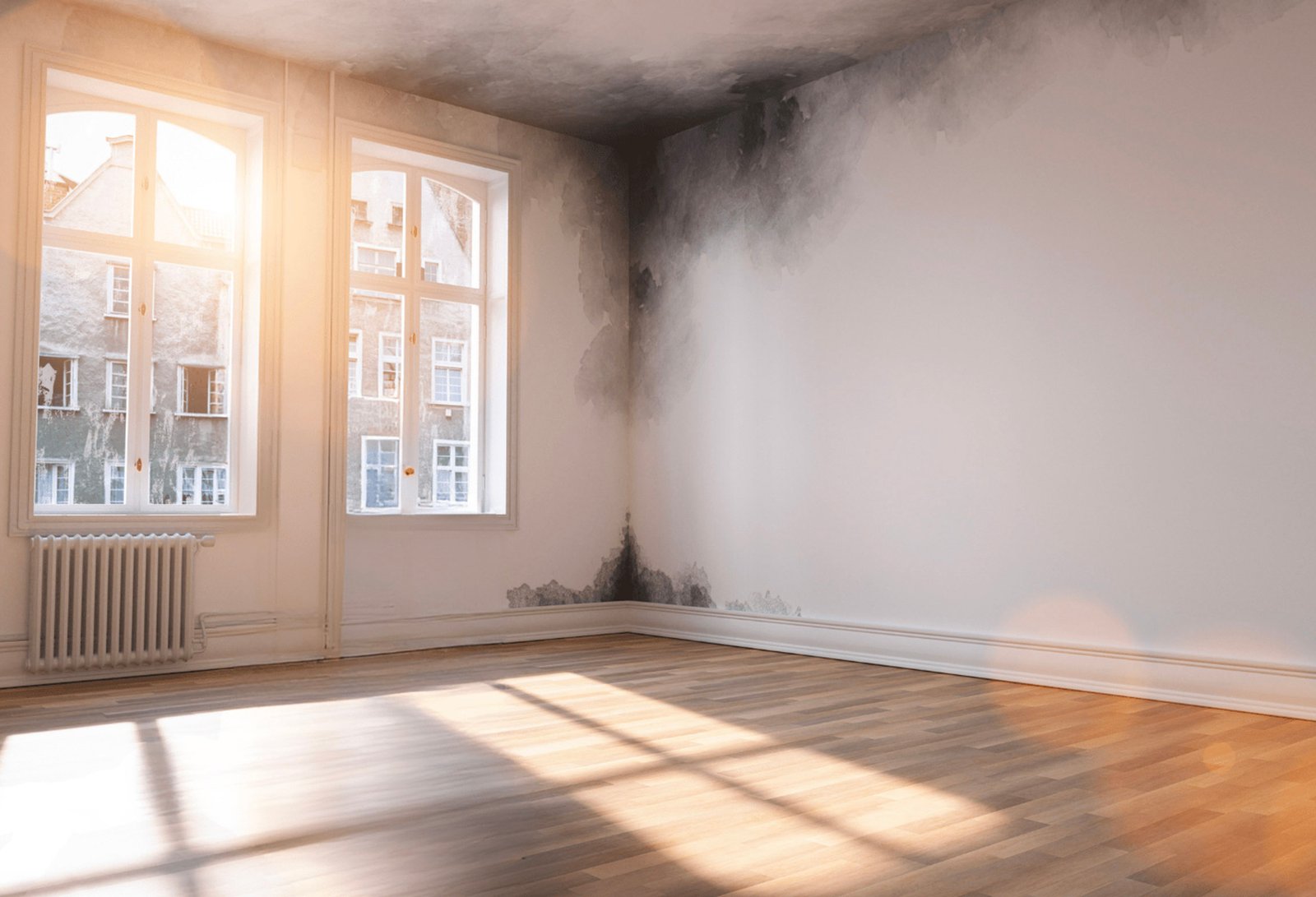

In the United Arab Emirates, where humidity levels can soar to uncomfortable heights, the battle against mold becomes even more critical. Excessive humidity not only impacts our comfort but also poses significant risks to our health and the structural integrity of our homes. To maintain a healthy living environment in the UAE’s humid climate, it is crucial to implement effective strategies that prevent mold growth and protect our homes from the damaging effects of excess moisture. In this comprehensive guide, we will explore key points and actionable steps specifically tailored to the unique challenges faced in the UAE.
In the scorching summers of the UAE, where temperatures soar and humidity levels can be high, it’s essential to grasp the relationship between humidity and mold to effectively combat its growth. Here are four key points that highlight the relevance of this relationship in the context of UAE summers:
Humidity Exacerbates Mold Growth: The UAE experiences high humidity levels, especially during the summer months when temperatures rise. This increased humidity provides the ideal breeding ground for mold. As humidity levels exceed 60%, mold spores can rapidly multiply and colonize various surfaces in your home.
Importance of Proper Ventilation: Proper ventilation becomes crucial in UAE summers to control humidity levels. During the hot months, it’s common to rely heavily on air conditioning to maintain comfortable indoor temperatures. However, continuous use of air conditioning without proper ventilation can create a stagnant environment and trap moisture, increasing the risk of mold growth. Ensuring good airflow and ventilation in your home is essential to combat high humidity and prevent mold formation.
Condensation and Mold: In the UAE’s humid climate, condensation can occur more frequently, especially on cooler surfaces such as windows and walls. When warm, moisture-laden air comes into contact with these surfaces, condensation forms, providing moisture for mold growth. Proper insulation, double-glazed windows, and regular wiping down of condensation-prone areas can help minimize moisture buildup and mitigate the risk of mold formation.
High-Humidity Areas in the UAE: Certain areas in the UAE, such as bathrooms, kitchens, and basements, are particularly susceptible to high humidity levels. The combination of moisture from activities like cooking and showering, coupled with the intense outdoor heat and humidity, creates an environment conducive to mold growth. Paying extra attention to these areas by using exhaust fans, ensuring proper ventilation, and regularly checking for leaks or water damage is crucial to prevent mold infestation.


Controlling Humidity in the UAE: Effective Strategies
In the UAE’s hot and humid climate, controlling humidity levels is vital to prevent mold growth and maintain a comfortable living environment. Here are effective strategies tailored to the UAE context:
Air Condition: Air conditioning is a crucial tool in managing humidity in the UAE. Ensure your air conditioning units are properly maintained and sized to handle the cooling demands of your space. Running your air conditioner not only cools the air but also helps remove excess moisture, creating a drier environment that discourages mold growth.
Ventilation: Proper ventilation is essential, particularly in areas prone to high humidity, such as bathrooms and kitchens. Make sure exhaust fans are installed and functional in these areas to expel humid air and prevent moisture buildup. Opening windows during cooler times of the day and using fans can also enhance air circulation and reduce humidity levels.
Dehumidifiers: Investing in an effective dehumidifier from popular brands like Stadler Form, Dyson Honeywell & more is a valuable solution, especially in areas with persistently high humidity. Dehumidifiers extract excess moisture from the air, helping to maintain optimal humidity levels indoors. Consider placing dehumidifiers in rooms prone to higher humidity, such as basements or laundry areas, to prevent mold growth.
Moisture Control: Take proactive steps to control moisture sources in your home. Regularly inspect plumbing fixtures for leaks and promptly address any issues. Dry wet areas immediately, especially after spills or water-related activities. Using moisture-absorbent materials like silica gel packets or moisture-trapping products can also help reduce humidity levels in closets, cabinets, and storage spaces.
By implementing these effective strategies tailored to the UAE climate, you can effectively control humidity levels in your home, reducing the risk of mold growth.
Conclusion
In the United Arab Emirates, where high humidity levels prevail, protecting our homes from mold becomes a top priority. By understanding the relationship between humidity and mold, implementing effective humidity control strategies, and addressing moisture sources, we can create a healthier and mold-free living environment. With the right measures in place, we can safeguard our homes, preserve their structural integrity, and ensure the well-being of ourselves and our loved ones. Embrace the battle against mold in the UAE’s humid climate and enjoy the comfort and peace of mind that comes with a mold-free home for years to come.